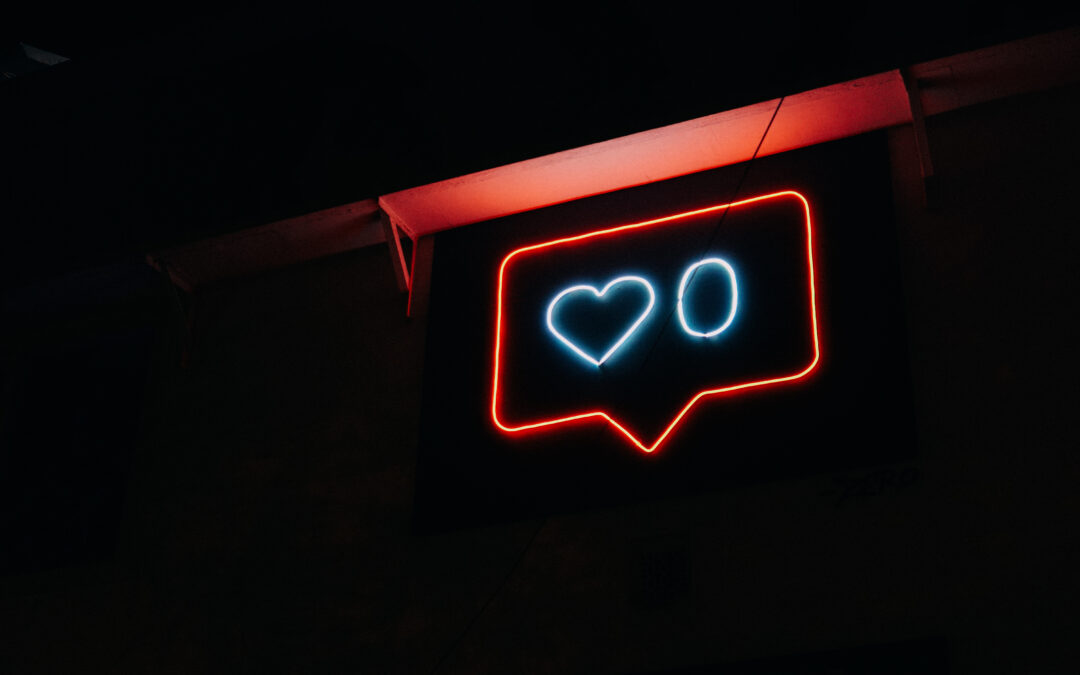Last week, Meta launched its anticipated Threads platform, a Twitter-esque experience, linked to your Instagram account. Ever an early adopter of social media, I signed up, and immediately got a wave of nostalgia from 15 years ago joining Twitter for the first time.
Back then, it felt like you were chatting with a network of small curated groups of like-minded pals (and Stephen Fry), over topics as diverse and interesting as the people themselves. My growing Twitter habit meant I was the first to alert the CIO of my first job in real-time as news of the unrest in the London riots of 2011 spread to Croydon, where our IT infrastructure was based.
I came across Post*Shift for the first time via mutual contacts on Twitter, and I even haphazardly arranged the first date with my now husband via a 140 character limit. Blurring the personal, the professional, global news and close circle updates, it really seemed to be the best of all worlds.
But that utopia couldn’t last, and probably never really existed in the first place. The Verge lamented last week on the end of this social era, wondering where we were all supposed to go now, but I think the point is we aren’t all supposed to go any one place.
As Noah Smith put it in his insightful analysis of recent internet history:
“Slowly, people seemed to be rediscovering the truth that the old internet had taught us — that discussions work better when you can pick and choose who you’re talking to.”
As we know now, putting the world in a single “town square” with too little, too late moderation meant it evolved into a continual firehose of toxic sludge. Fuelled by secretive algorithms, bots and twitter mob polarity and devoid of any productive utility, we were a million miles away from its early promise of connection and community. In this environment, Noah’s argument for the fragmentation of the internet as the next paradigm shift makes a lot of sense, particularly when you look, as he does, at how the next generation of internet users are interacting. Conspicuously absent on the big platforms like Facebook and Twitter, they spend most of their time connecting on smaller platforms that optimise for group interactions rather than public debate.
“What these rising apps and platforms all share is fragmentation. Whether it’s intentional self-sorting into like-minded or community-moderated groups, or the natural fragmentation that comes from a bunch of different people watching their own algorithmically curated video feeds, these apps all have a way of separating people based on who they want to talk to and what they want to be exposed to.”

